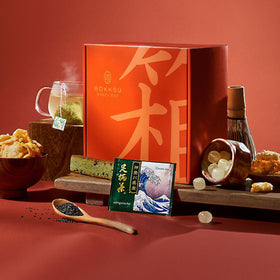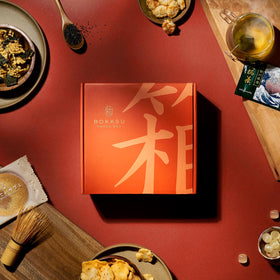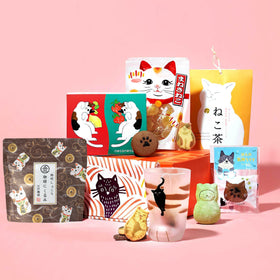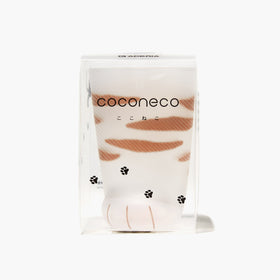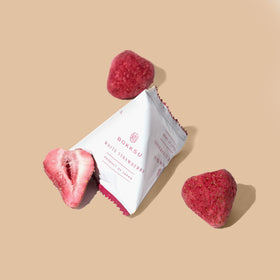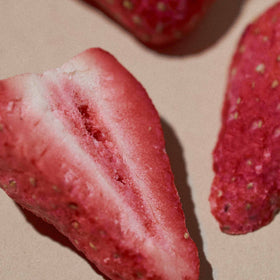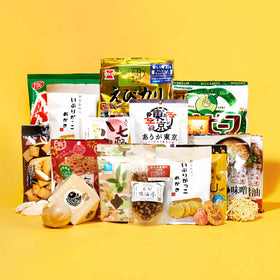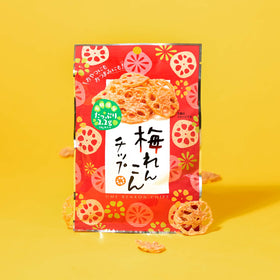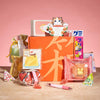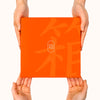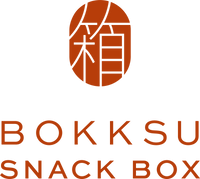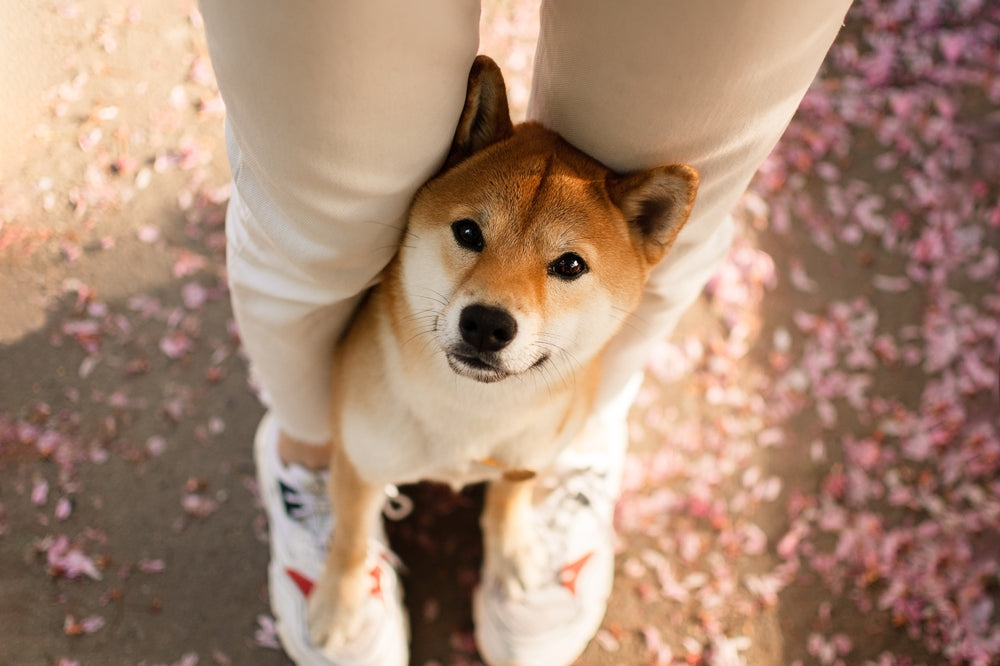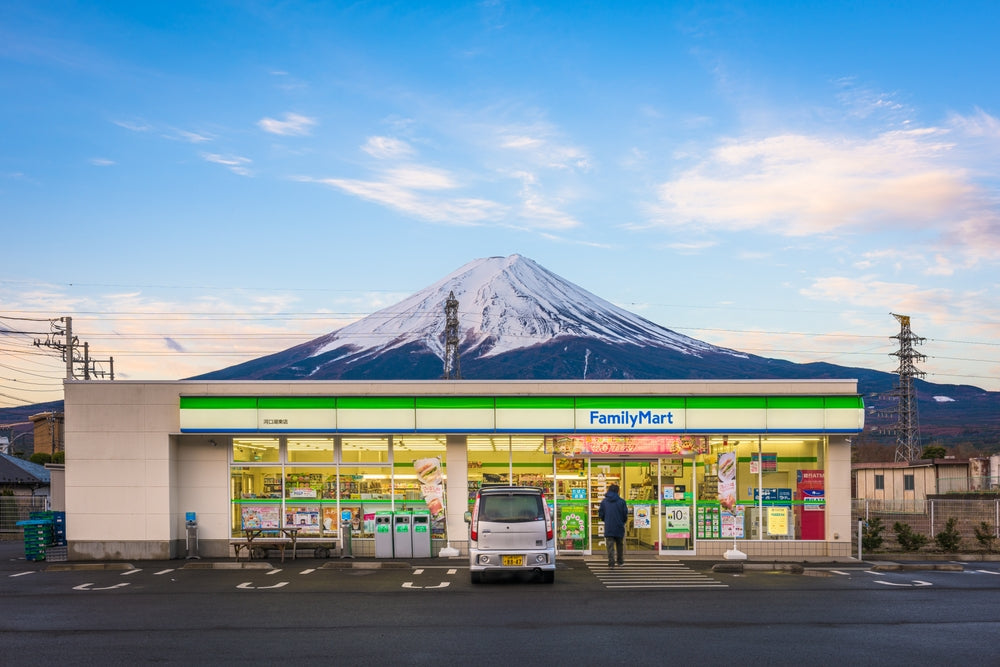The Art of Japanese Wagyu: What Makes It the World’s Finest Beef
What Is Wagyu? Understanding the Term and Its Origins

Wagyu—literally meaning "Japanese beef"—is more than just beef from Japan. Originally referring to all native Japanese cattle, the term has evolved to signify four select breeds known for their highly marbled beef. These fine white flecks of fat, woven through the muscle, create wagyu’s signature tenderness, buttery texture, and low melting point that enhances flavor and juiciness. Unlike standard beef, authentic wagyu comes from premium quality cattle, carefully bred and graded under the strict standards of the Japanese Meat Grading Association. These rigorous standards ensure only the best receive the wagyu designation. Thanks to generations of care and craftsmanship, wagyu has become a global icon of culinary luxury.
The Four Main Breeds of Wagyu in Japan

Since 2007, the prestigious title of "wagyu" in Japan has been strictly reserved for only four breeds, as officially recognized by the Japanese government. This classification follows strict criteria set by the Japanese Meat Grading Association and is regulated by the Wagyu Registry Association, the main authority for registering wagyu cattle and managing their genetic records. Only cattle from the Japanese Black, Brown, Shorthorn, and Polled breeds—or their approved crossbreeds—qualify as authentic wagyu. Cattle raised primarily for dairy or those that fail to meet these standards must be sold as "domestic beef" to avoid misleading consumers. These strict regulations help preserve the world-renowned quality and integrity of wagyu.
Here are the four main breeds of wagyu in Japan:
-
Japanese Black (Kuroge): Often considered the star of the wagyu world, this Japanese black breed makes up over 90% of all wagyu cattle raised in Japan. Renowned for its large, muscular build, it produces the iconic highly marbled, melt-in-your-mouth beef that exemplifies the pinnacle of wagyu breeding and quality.
-
Japanese Brown (Akage): Though its name translates to "red cow," the Japanese Brown is prized for its well-balanced ratio of lean red meat to fat.
-
Japanese Shorthorn (Nihon Tankaku): Predominantly raised in the Tohoku region, the Japanese Shorthorn is pasture-fed rather than grain-finished, producing leaner beef with lower marbling levels and a distinct, natural flavor.
-
Japanese Polled (Mukaku): This rare and critically endangered breed, developed through crossbreeding Scottish Angus with Japanese Black cattle, is a distinctive and lesser-known member of the wagyu family. It is prized for its leaner, richly flavored meat and its extremely limited numbers.
A Taste Like No Other: What Makes Wagyu Special

Wagyu is celebrated around the world for its superior taste and uniquely tender, buttery-soft texture that sets it apart from any other beef. What truly makes pure wagyu special is its extraordinary marbling, known as sashi—the intricate web of fat laced throughout the meat that gives pure wagyu its signature tenderness and buttery-soft texture. Unlike standard beef, wagyu fat melts at a lower temperature, allowing it to almost dissolve on the tongue, releasing deep umami flavor with every bite. Beyond taste, the fat in wagyu is rich in omega-3 and omega-6 fatty acids. It’s this perfect harmony of texture, flavor, and nutrition that has made wagyu a culinary treasure, highly prized not only in Japan but by food lovers worldwide.
== https://www.bokksu.com/collections/bokksu-exclusive-box-and-bundle/products/treat-yourself-box==
==https://www.bokksu.com/collections/bokksu-exclusive-box-and-bundle/products/bokksu-ramen-box==
==https://www.bokksu.com/collections/bokksu-exclusive-box-and-bundle/products/the-kawaii-gift-box==
From Kobe to Matsusaka: Japan’s Famous Wagyu Regions

Japan’s most famous wagyu-producing regions each offer a unique expression of this prized beef, shaped by local traditions, distinct cattle bloodlines, and specialized feeding practices. The nation’s top three wagyu brands—Matsusaka Ushi, Kobe Beef, and Omi Beef—are distinguished not only by their exceptional quality but also by the time-honored techniques perfected in their respective regions. These approaches result in wagyu with flavors, textures, and aromas that reflect the identity and craftsmanship of their place of origin.
Here are some of Japan's most famous wagyu-producing regions:
-
Tajima Beef (Hyogo Prefecture): The genetic foundation for many premium wagyu brands, Tajima cattle from Hyogo offer extraordinary marbling and flavor, representing the gold standard in wagyu breeding.
-
Matsusaka Ushi (Mie Prefecture): Raised exclusively from virgin cows under strict conditions around Matsusaka City, this wagyu is renowned for its high fat-to-meat ratio and intensely rich, buttery mouthfeel.
-
Kobe Beef (Hyogo Prefecture): Perhaps the most recognized wagyu brand globally, Kobe Beef comes from carefully raised Tajima cattle fed a special diet of rice and corn. This results in beautifully marbled meat known for its refined sweetness and unique aroma.
-
Omi Beef (Shiga Prefecture): Raised in Shiga Prefecture with exceptional care and fed premium grains, Omi beef stands out for the distinct viscosity of its fat, giving it a remarkable texture and flavor profile that sets it apart from other wagyu varieties.
-
Miyazaki Beef (Miyazaki Prefecture): The second-largest producer of Japanese Black cattle, Miyazaki has twice won the prestigious “Wagyu Olympics.” Its beef is a major export, celebrated for its consistency, bold umami flavor, and beautifully even marbling.
How Wagyu Is Raised: Stress-Free Cows and Special Diets

Wagyu raised in Japan are treated with exceptional care, reflecting a longstanding respect for animal welfare that directly impacts the quality of the meat. From birth, Japanese beef farmers ensure their cattle grow in clean, low-stress environments that allow for slow, healthy development. Descended from traditional Japanese native cattle, these Japanese beef cattle are often raised in well-ventilated barns with fresh bedding, kept cool in summer, warm in winter, and given ample time to rest. Their diets are carefully managed, typically featuring high-quality grains, rice straw, and mineral-rich water to enhance marbling and deepen the rich, umami flavor wagyu is known for. Under the strict oversight of organizations like the Japan Livestock Industry Association, this thoughtful, humane approach is key to what makes Japanese wagyu truly exceptional.
Grading Wagyu: What A5 Really Means

In Japan, grading wagyu is a precise and highly regulated process, with strict standards set by the Japan Meat Grading Association to ensure only the best beef reaches consumers. The final wagyu grade is a combination of two scales: a yield grade from A to C, which measures the amount of edible meat relative to the carcass weight, and a quality grade from 1 to 5, which assesses several key attributes. These include the richness and distribution of intramuscular fat, or marbling, the color of the lean meat, the glossiness of the fat, and the firmness and texture of the meat itself. Only wagyu that meets the highest standards across all these categories earns the prestigious A5 rating, making it a rare and luxurious beef that represents less than one percent of all Japanese beef. When shopping or dining, spotting the A5 label signals a premium cut with unparalleled tenderness, flavor, and a luxurious mouthfeel that only top-tier wagyu can deliver.
==https://www.bokksu.com/collections/bokksu-exclusive-box-and-bundle/products/japanese-savory-snack-box== ==https://www.bokksu.com/collections/bokksu-exclusive-box-and-bundle/products/japanese-fruits-gummy-box== ==https://www.bokksu.com/collections/all/products/the-happy-hour-gift-box==
Where to Eat Authentic Wagyu in Japan

For travelers seeking to experience authentic wagyu in Japan, the country offers an unforgettable range of dining options that showcase its high-quality beef in all its glory. Regions like Kobe, Matsusaka, and Miyazaki are famous for their wagyu, with countless restaurants offering everything from casual yakiniku joints where diners grill tender slices over open flames, to elegant kaiseki establishments that serve wagyu as part of exquisite multi-course meals. For those seeking a more interactive and refined experience, shabu shabu restaurants provide a delicious way to enjoy wagyu’s buttery softness by gently swishing thin slices in hot broth. Particularly popular are omakase wagyu dinners, where skilled chefs curate each course to highlight the beef’s delicate marbling and rich flavor, promising an unforgettable dining adventure that perfectly showcases the artistry behind Japan’s top-grade wagyu.
Wagyu Beef vs. Other Global Beef: Is It Worth the Hype?

Japanese wagyu stands apart from other global beef varieties due to its exceptional marbling. This finely distributed intramuscular fat creates a buttery, melt-in-your-mouth texture unmatched by most imported beef. Wagyu also contains higher levels of monounsaturated fats and beneficial omega-3 and omega-6 fatty acids, making it richer in flavor and lower in cholesterol. American wagyu, promoted by the American Wagyu Association, is a cross breed that combines Japanese genetics with local cattle. While it is recognized for its quality, it generally lacks the intense marbling and meticulous care found in native Japanese wagyu. Likewise, Korean cattle and European breeds, though valued for their beef, typically cannot match the tenderness achieved through Japan’s long-established practices in breeding, feeding, and stress-free cattle rearing. Japanese wagyu cattle are often raised on feeding programs that last 600 to 700 days, compared to the standard 120-day cycle for regular beef. This extended care results in a premium product that commands a significantly higher price. Although imported beef varieties have their own strengths, authentic Japanese wagyu remains the gold standard for discerning beef connoisseurs around the world.
Wagyu in Japanese Culture and Gifting Traditions

In Japan, wagyu is more than just a culinary delicacy but a luxury gift that reflects thoughtfulness and prestige. For many Japanese people, giving high-quality wagyu as a gift during year-end holidays like oseibo or formal occasions such as weddings and business milestones is a gesture of deep respect and appreciation. Beautifully packaged and often accompanied by certificates of origin and grade, wagyu represents not only superior meat quality but also thoughtfulness and refinement. Because of its rarity and luxurious reputation, it’s considered one of the most prestigious gifts one can give, making it a popular choice for those who wish to leave a lasting impression.
Buying Wagyu: Tips for Choosing and Cooking at Home

For those hoping to enjoy authentic wagyu at home, knowing how to spot the real thing is key. In Japan, genuine wagyu will be labeled with details such as its breed, region of origin, and official grading. Look for certifications from the Japan Meat Grading Association and labels like A5 to confirm premium quality. Outside Japan, rely on reputable sources or importers that clearly state the cattle’s lineage and registration. When it comes to cooking, simplicity is best. Thanks to its rich marbling, wagyu is ideally prepared with minimal seasoning and quick cooking methods, whether lightly seared in a hot pan, briefly grilled, or gently swirled in a shabu shabu broth. These approaches highlight its natural umami and buttery texture without overpowering the delicate fat.
Just like how wagyu stands as the ultimate symbol of Japan’s beef mastery, Bokksu Boutique delivers an equally exceptional experience with its carefully curated collection of authentic Japanese snacks. Bokksu Boutique captures the same spirit of luxury and cultural depth, enabling food lovers worldwide to enjoy Japan’s finest flavors without leaving home.
==https://www.bokksu.com/collections/all-bokksu-boutique-items/products/classic-bokksu-seasons-of-japan==
==https://www.bokksu.com/collections/all/products/bokksu-the-japanese-tea-box==
==https://www.bokksu.com/collections/bokksu-exclusive-box-and-bundle/products/cat-lovers-box==
Author Bio




